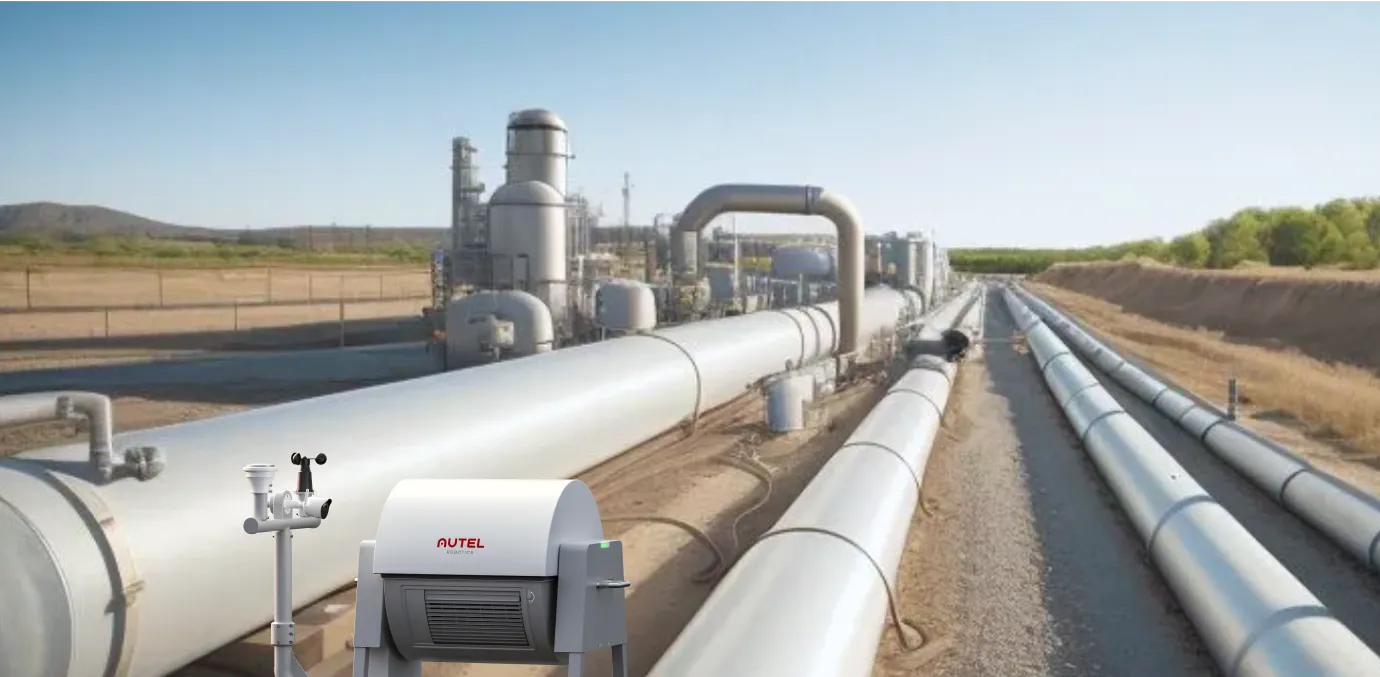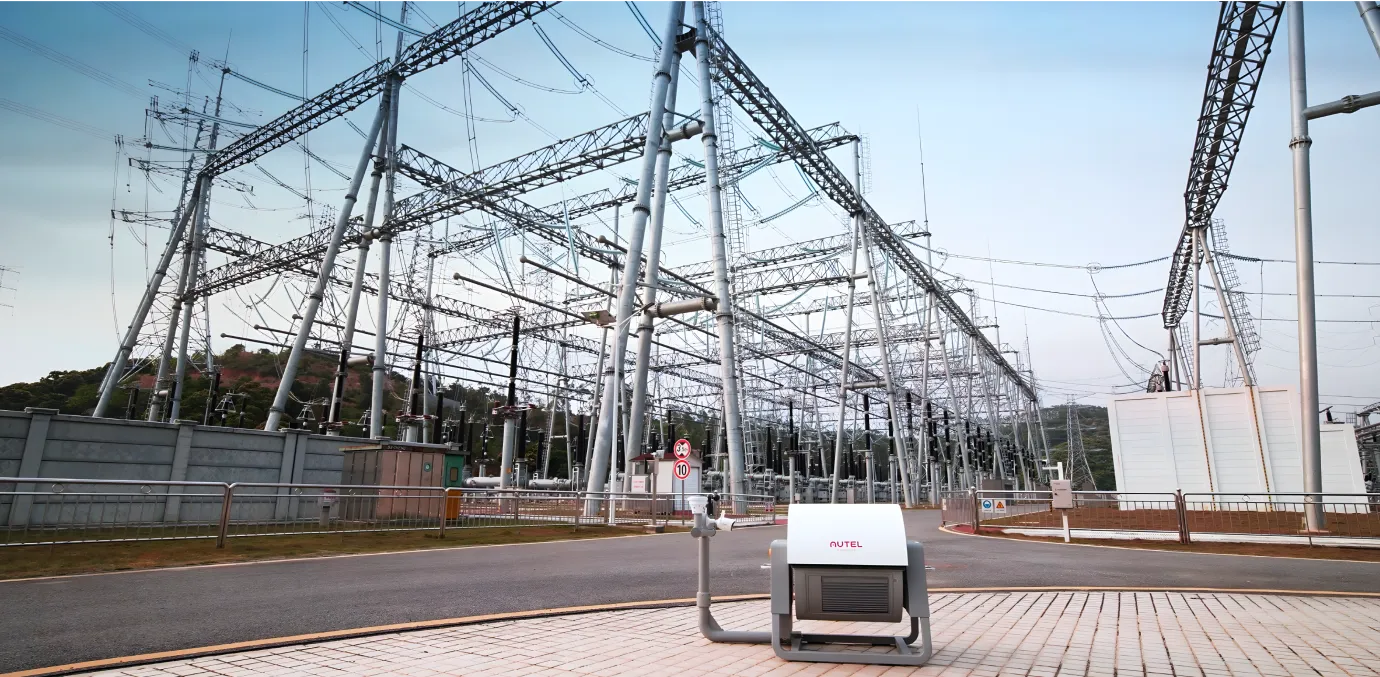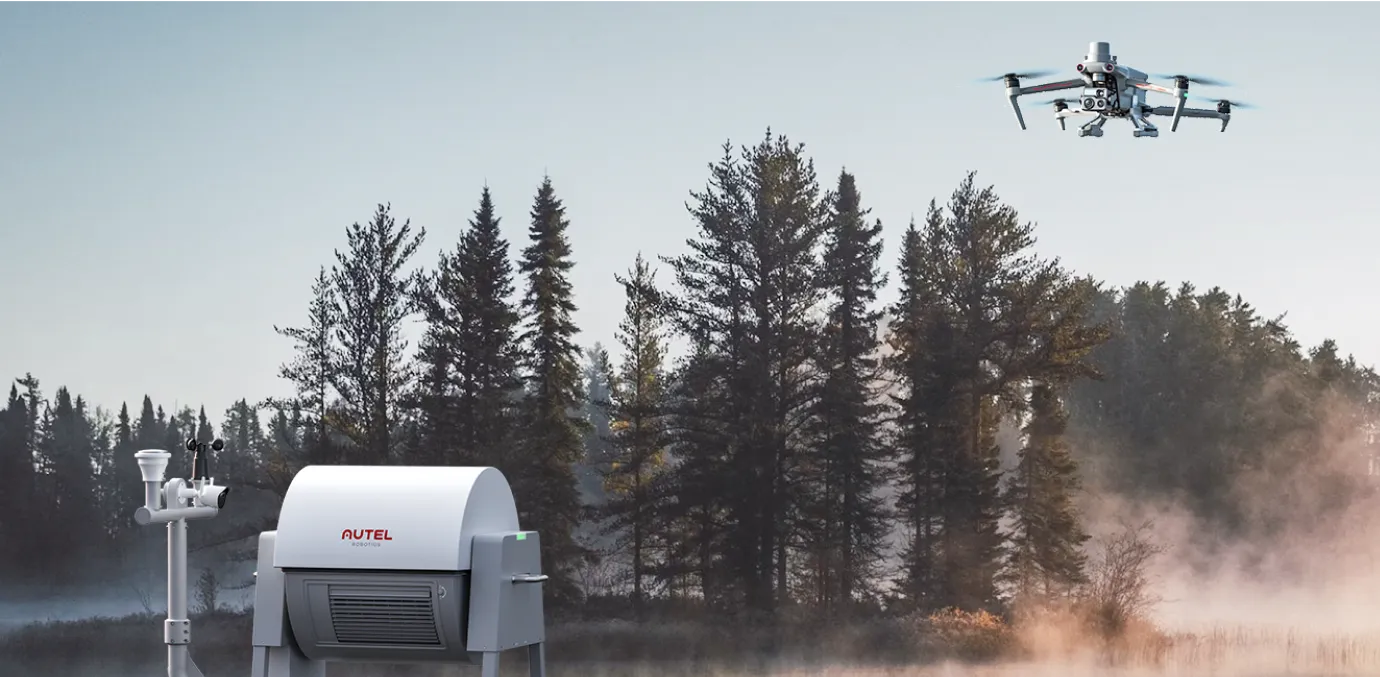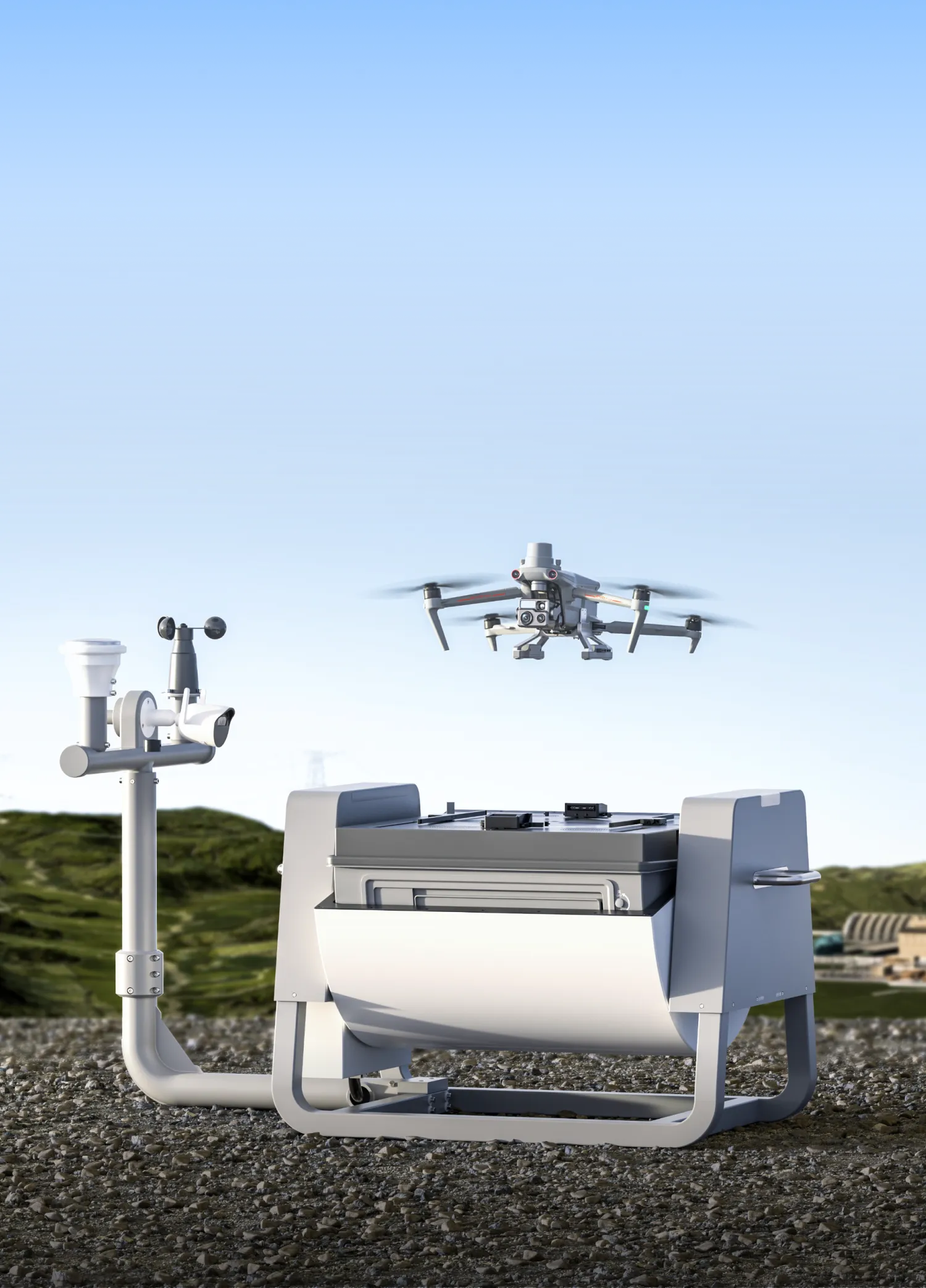Reliable, durable, and transportable, EVO Nest is a base for automatic take off, landing, charging, and mission planning for the EVO series. The Nest is designed for all-weather operation and uses a single-piece protective drum with fewer moving parts to simplify maintenance. The Nest fits in the bed of a standard pickup truck and is light enough for 2 people to carry. Paired with the Autel Intergreted command system for centralized drone management, the Nest is easy to set up, maintain, and operate.
-
Rapid
Deployment -
4.4 miles
Operation Range -
25 mins
Fast Charging -
All Weather
Performance -
Drum-Style
Design -
Light Weight
Design -
IP55
Rating -
AES-256
Encryption
Complete Remote
Operations System
The EVO Nest is a complete remote operations system for aircrafts with all-day weather monitoring and rapid deployment. The Autel Remote Operations System consists of the EVO Nest, UAV, and the Autel Integrated Command System to provide a end-to-end solution for remote task management.
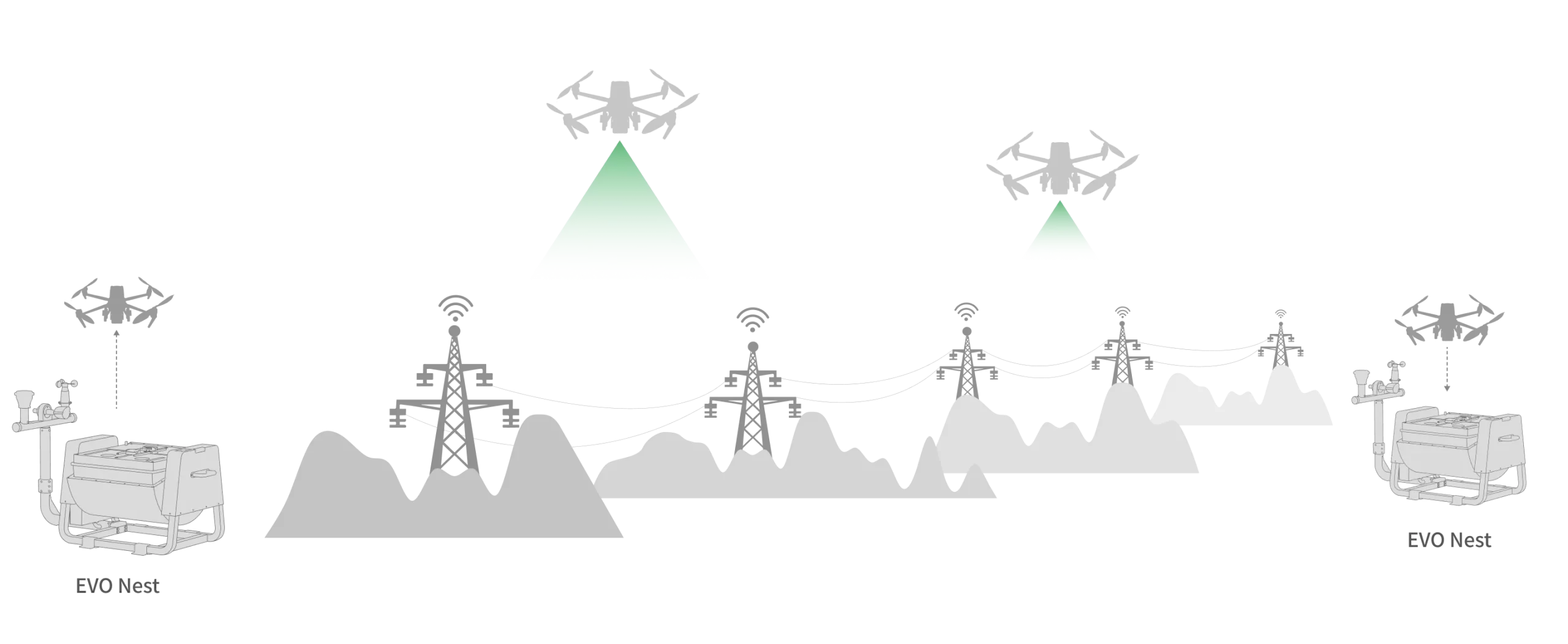

Multiple Nests can be networked to cover large areas and allow flexible, expandable operations.
The EVO Nest supports AES 256 image transmission encryption.
Multiple Nests can be networked to cover large areas and allow flexible, expandable operations.
The EVO Nest supports AES 256 image transmission encryption.
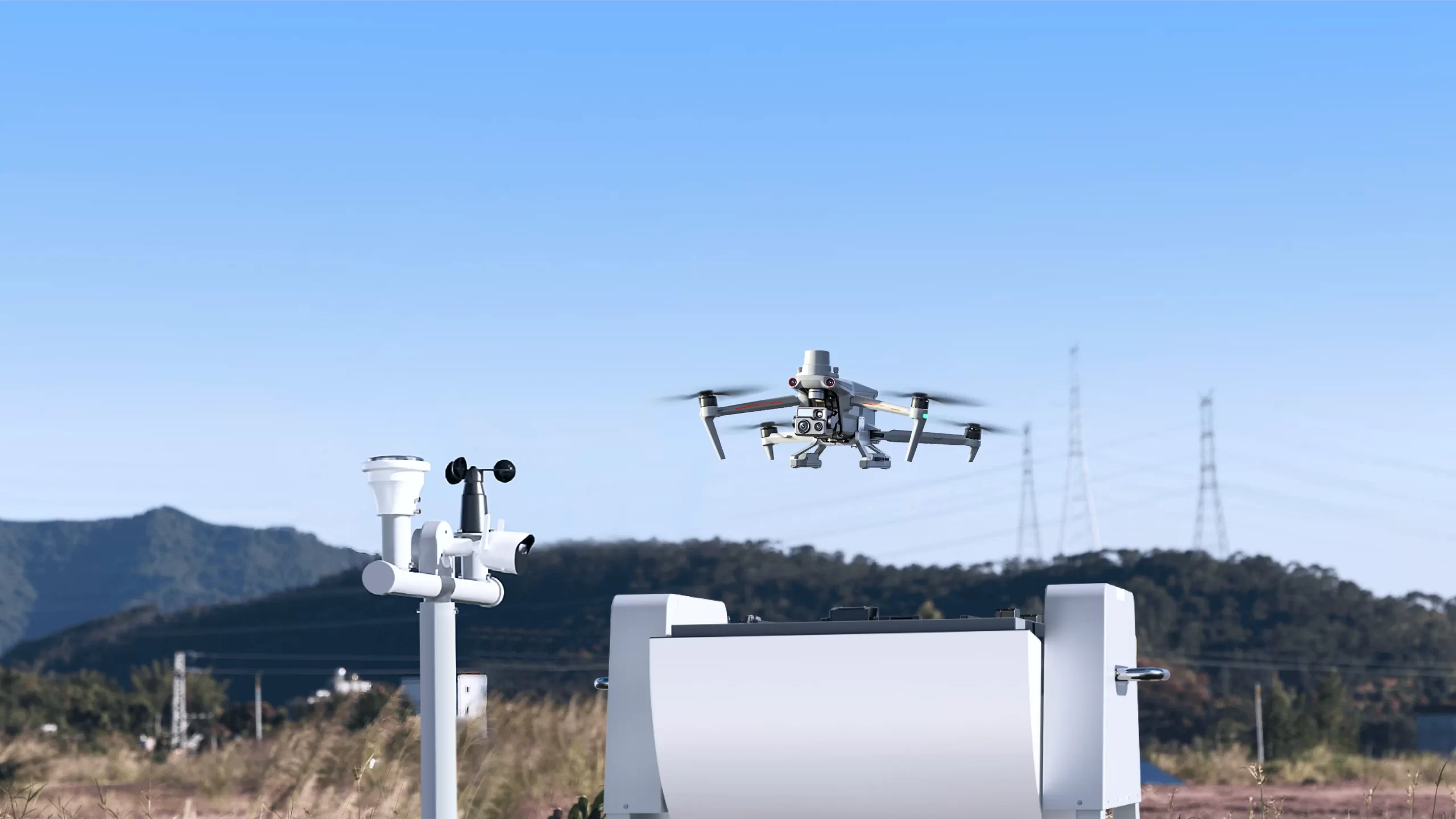
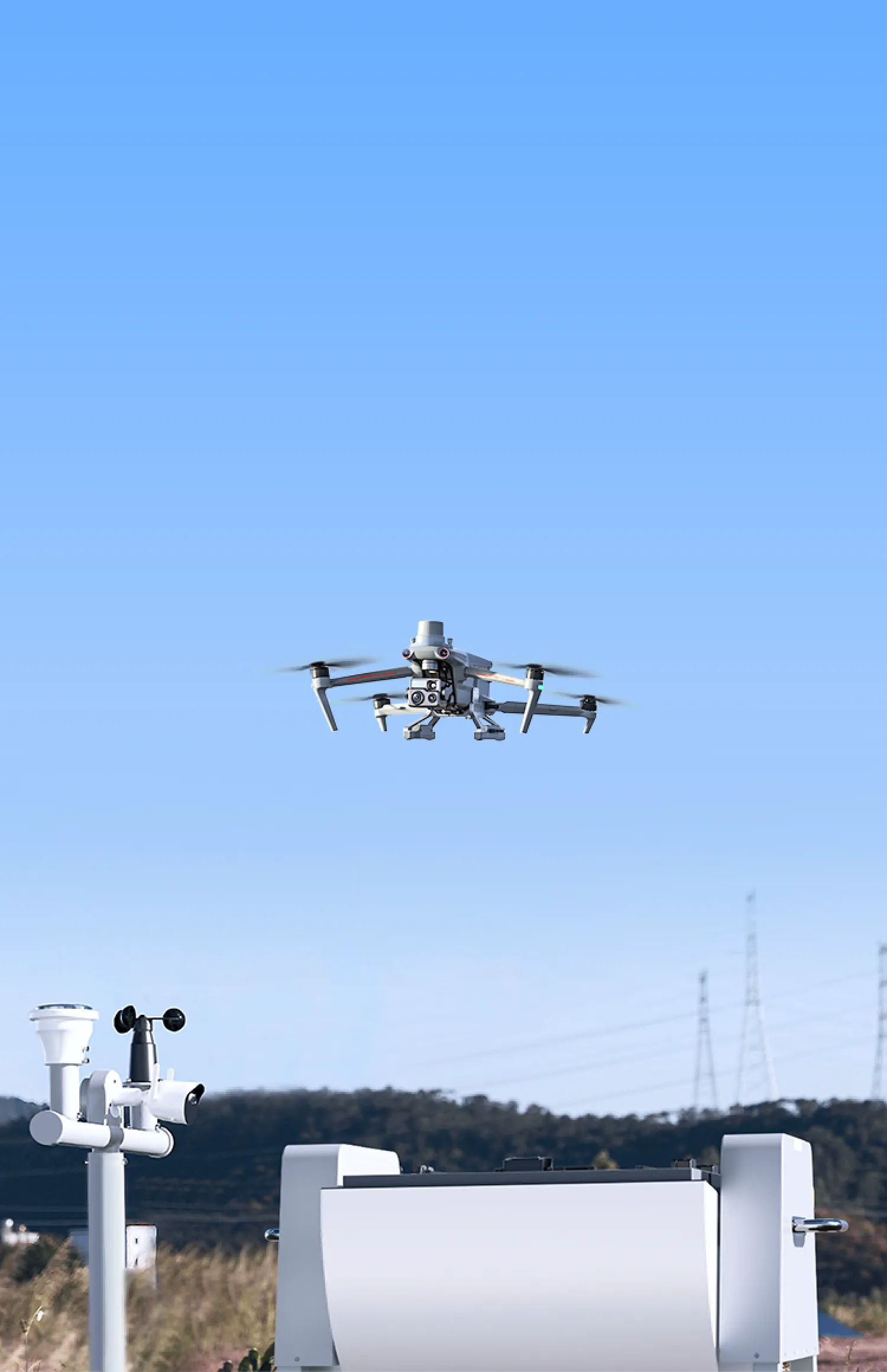
Autonomous
Operation
The EVO Nest can be easily deployed in the patrol area for automatic take-off, accurate landing, storage, and automatic charging.
Autonomous,
Semi-Autonomous,
Or Remote Piloting
The EVO Nest can issue missions via wired, 4G, or 5G networks, supporting the setting of flight routes, waypoints, angles, targets, time, and frequency through the Autel Integrated Command System (AICS). This enables the aircraft to achieve AI target recognition (people, vehicles, ships, smoke, fire, etc.) and remote image transmission, reducing geographical limitations.

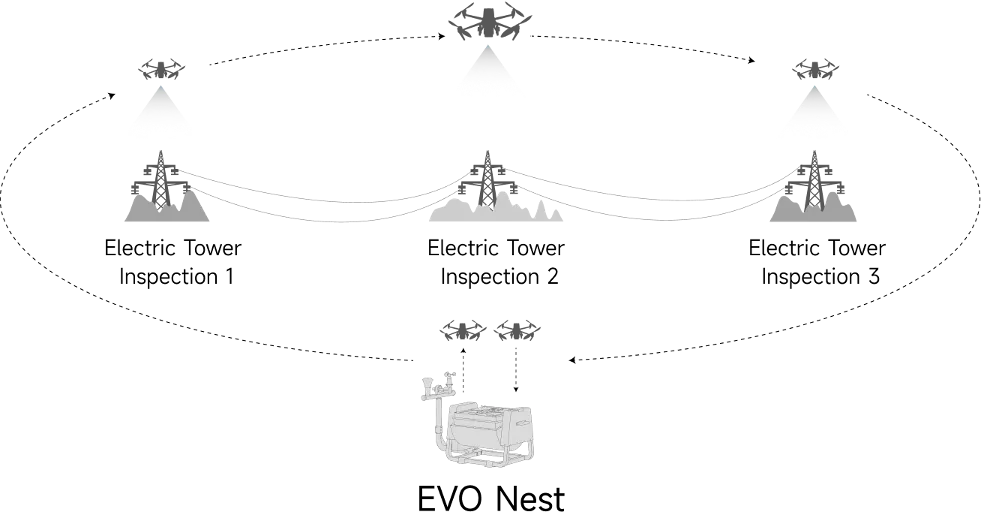
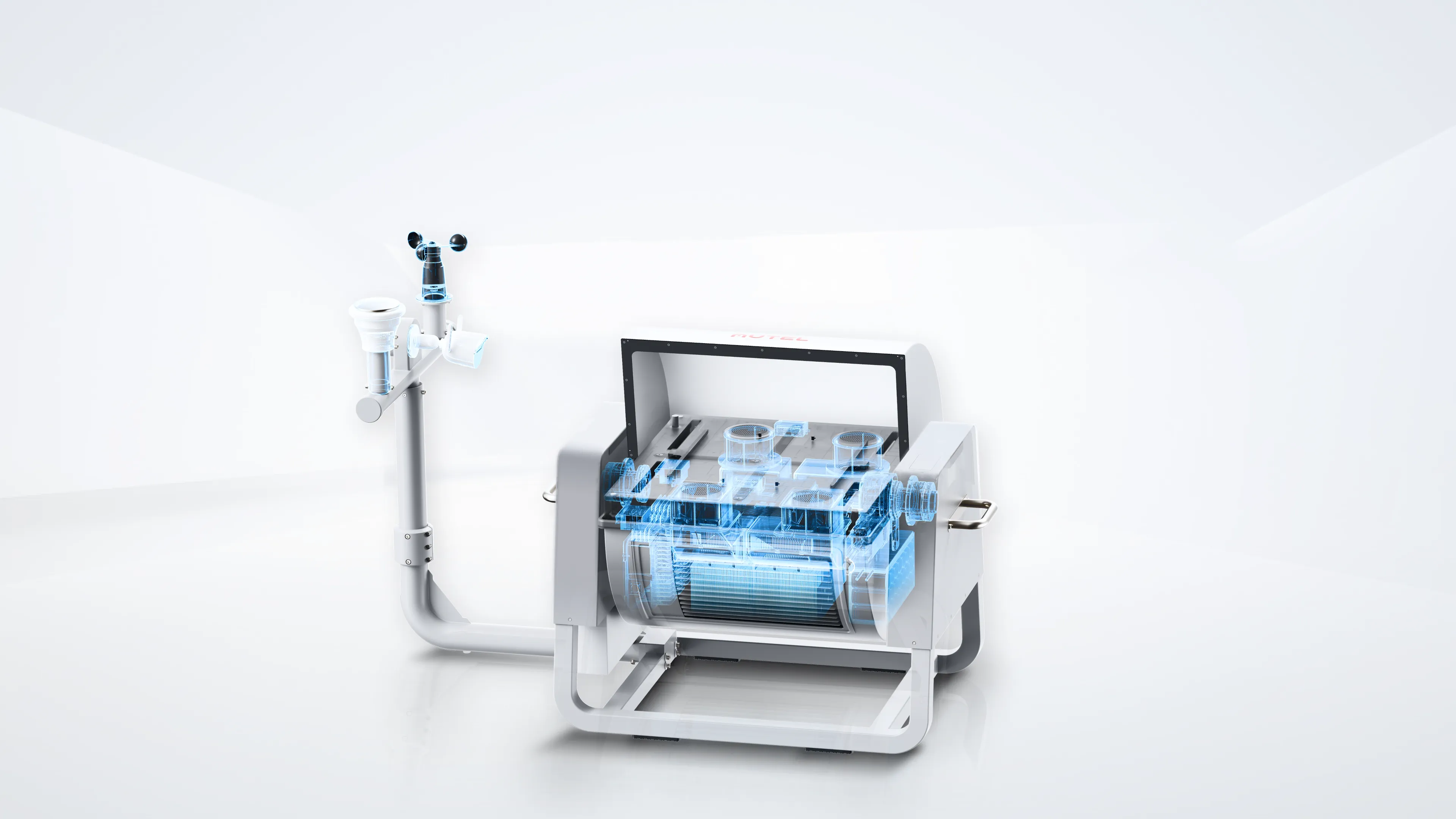
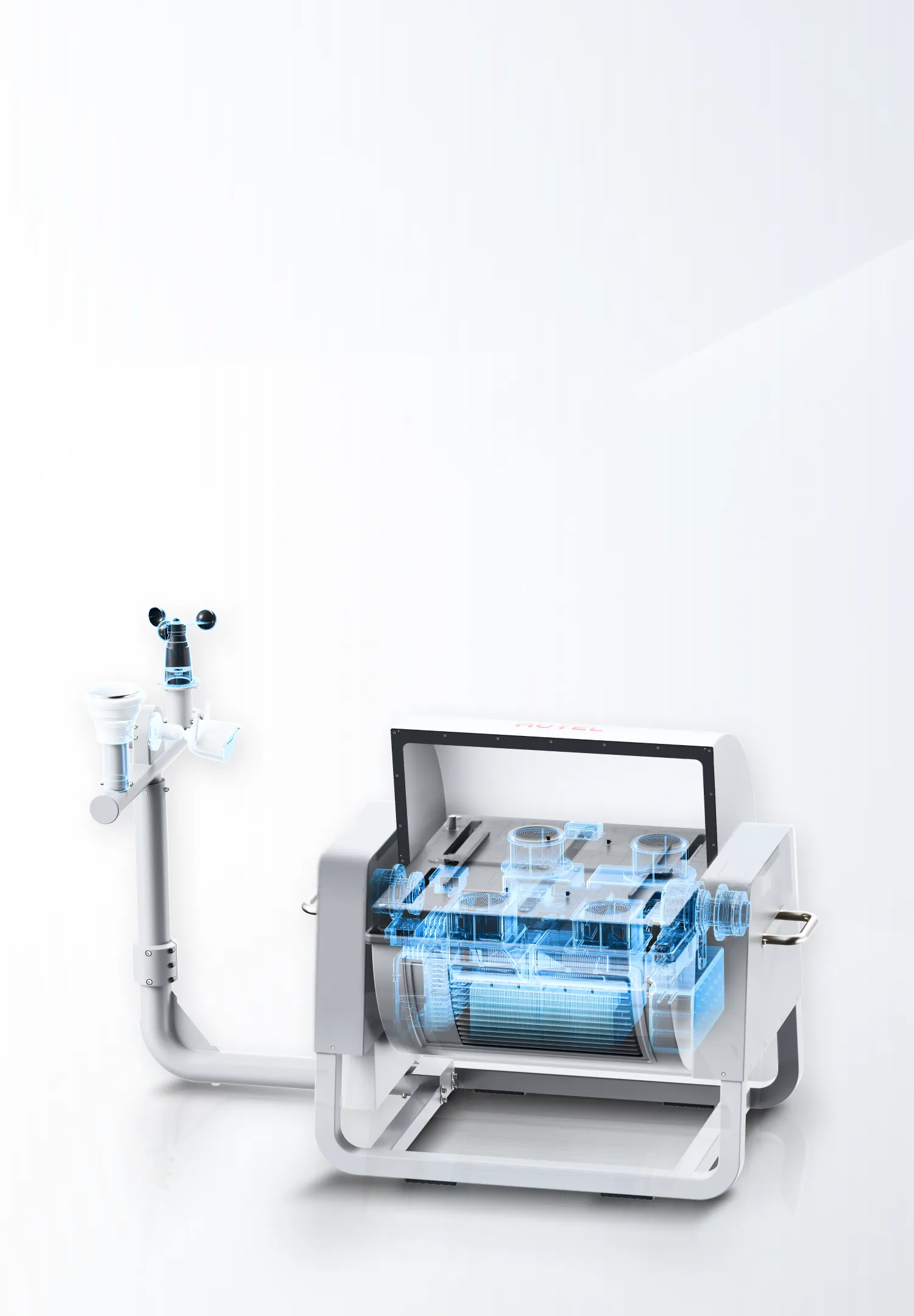
Transportable & Easy Setup
The Nest weighs 154 lbs , has a footprint of less than 1 yd², and can be set up by a team of 2.
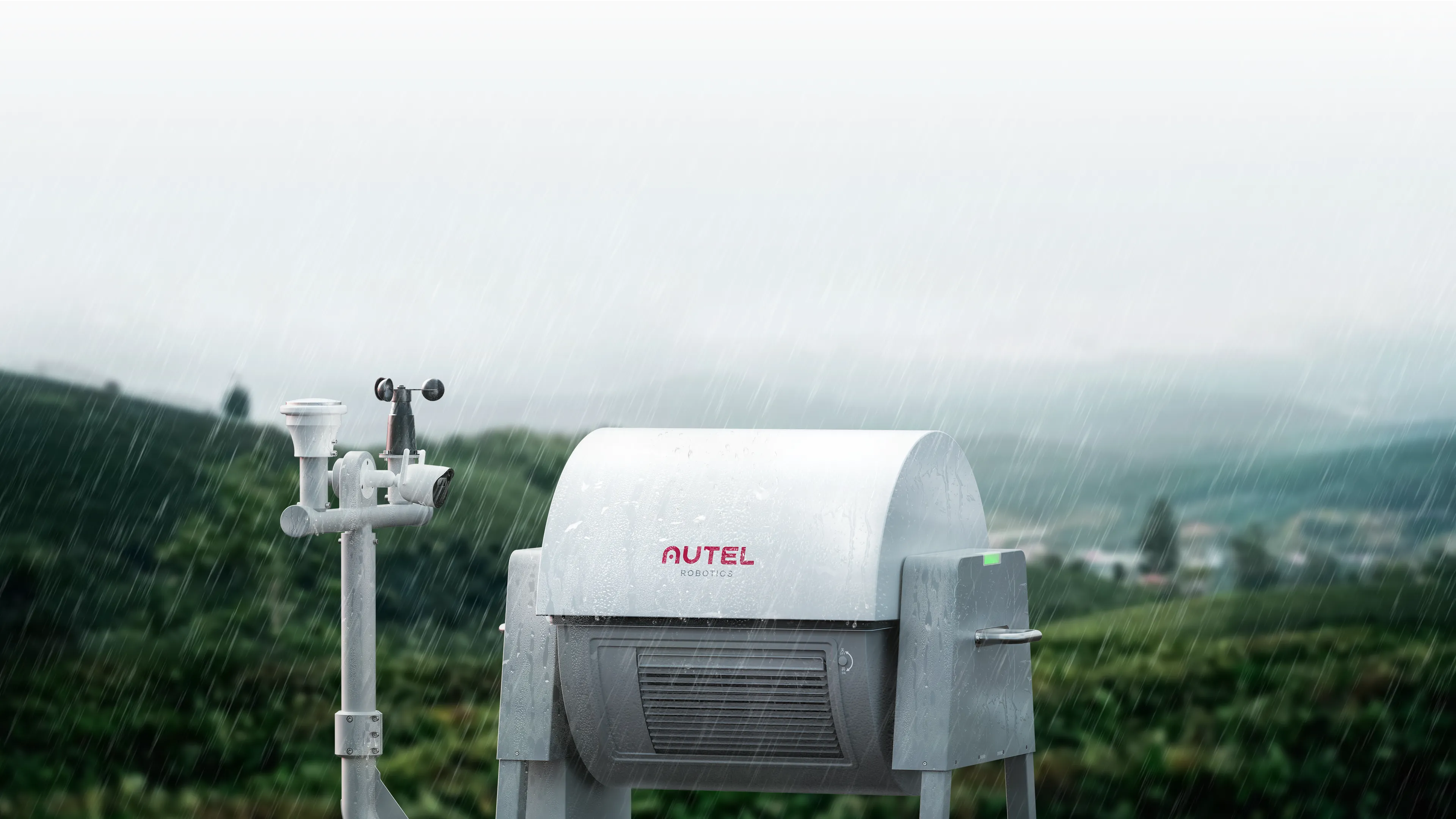
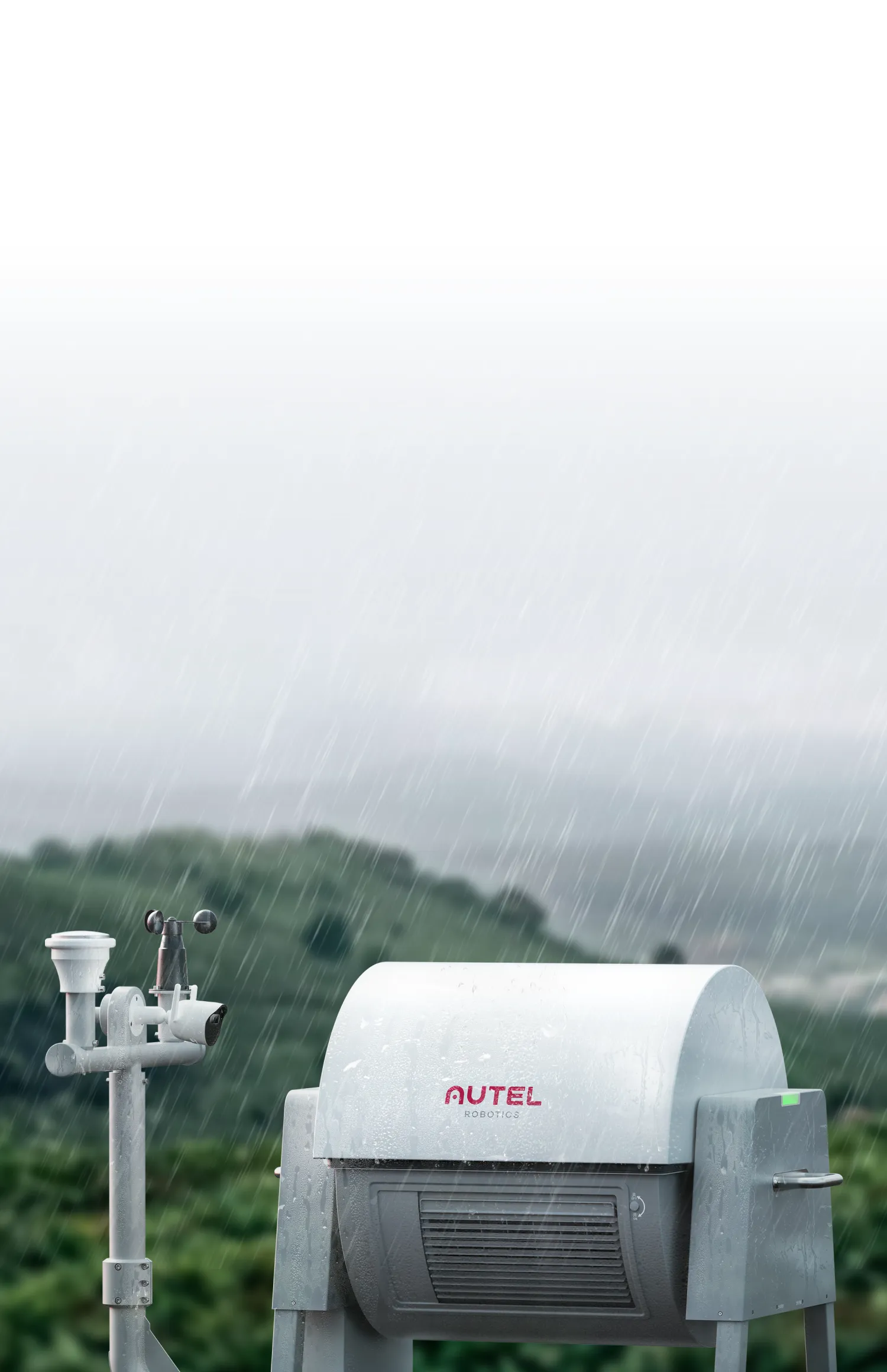
All Weather
Performance
The Nest's integrated weather systems provide localized weather data for safe remote drone operations. An industrial temperature control unit allows the Nest to work in temperatures between -22℉ and 131℉.
Fast Charge Capable
The EVO Nest is equipped with ultra-fast charging technology, allowing the aircraft's intelligent battery to charge from 10% to 90% in just 25 minutes* at 77°F, optimizing the operational experience.
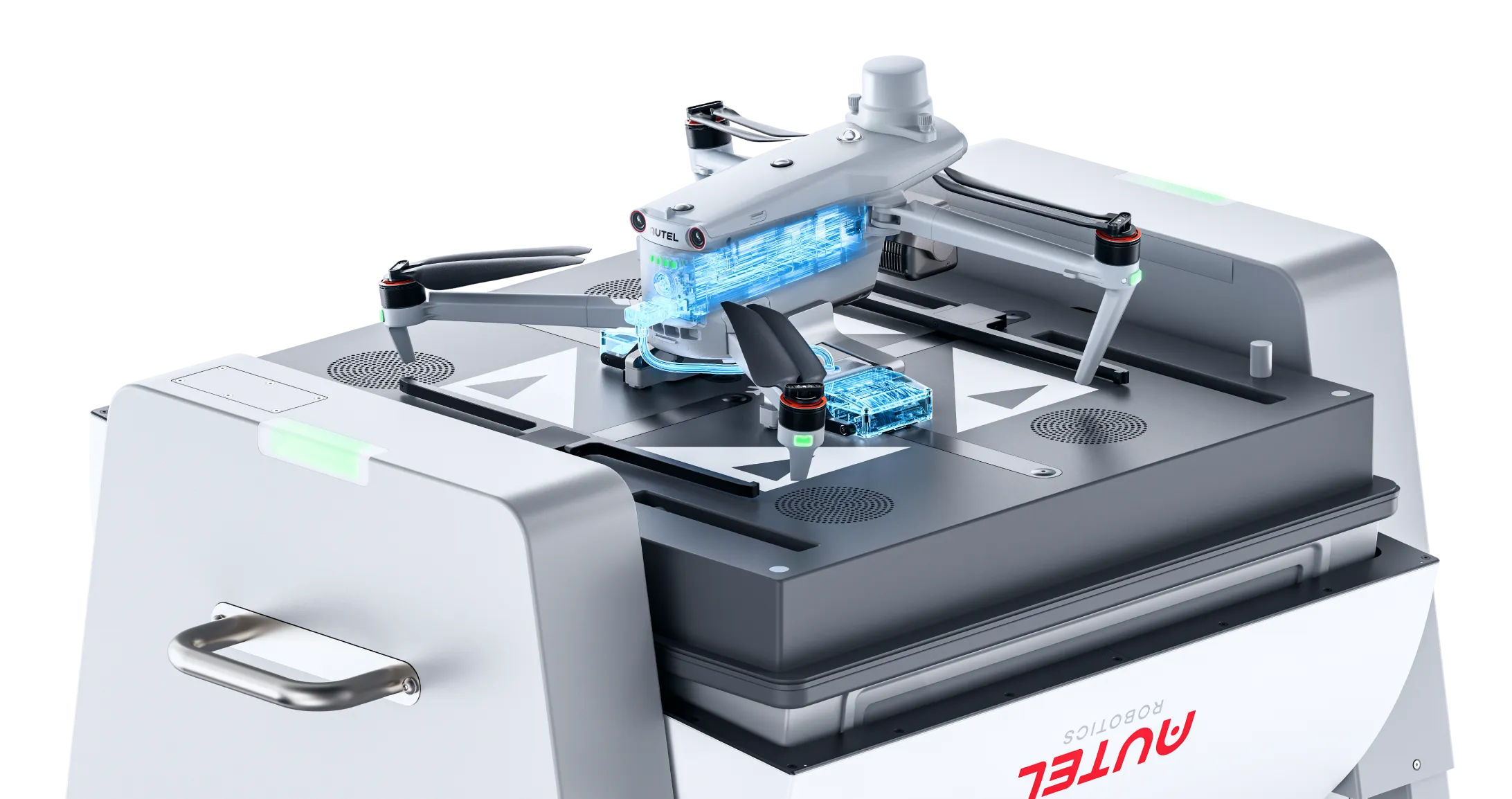
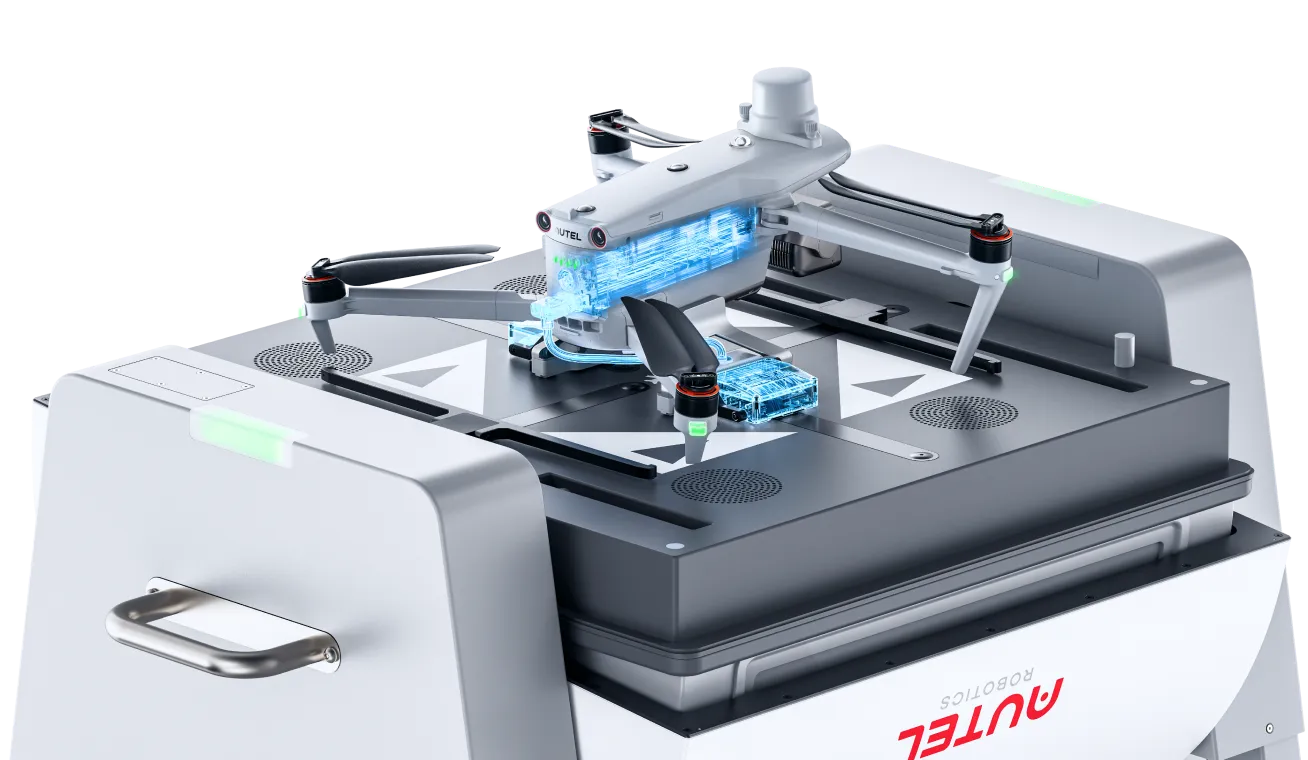
Information
Management
The EVO Nest uploads flight and mission data into cloud for easy access, storage, and management.
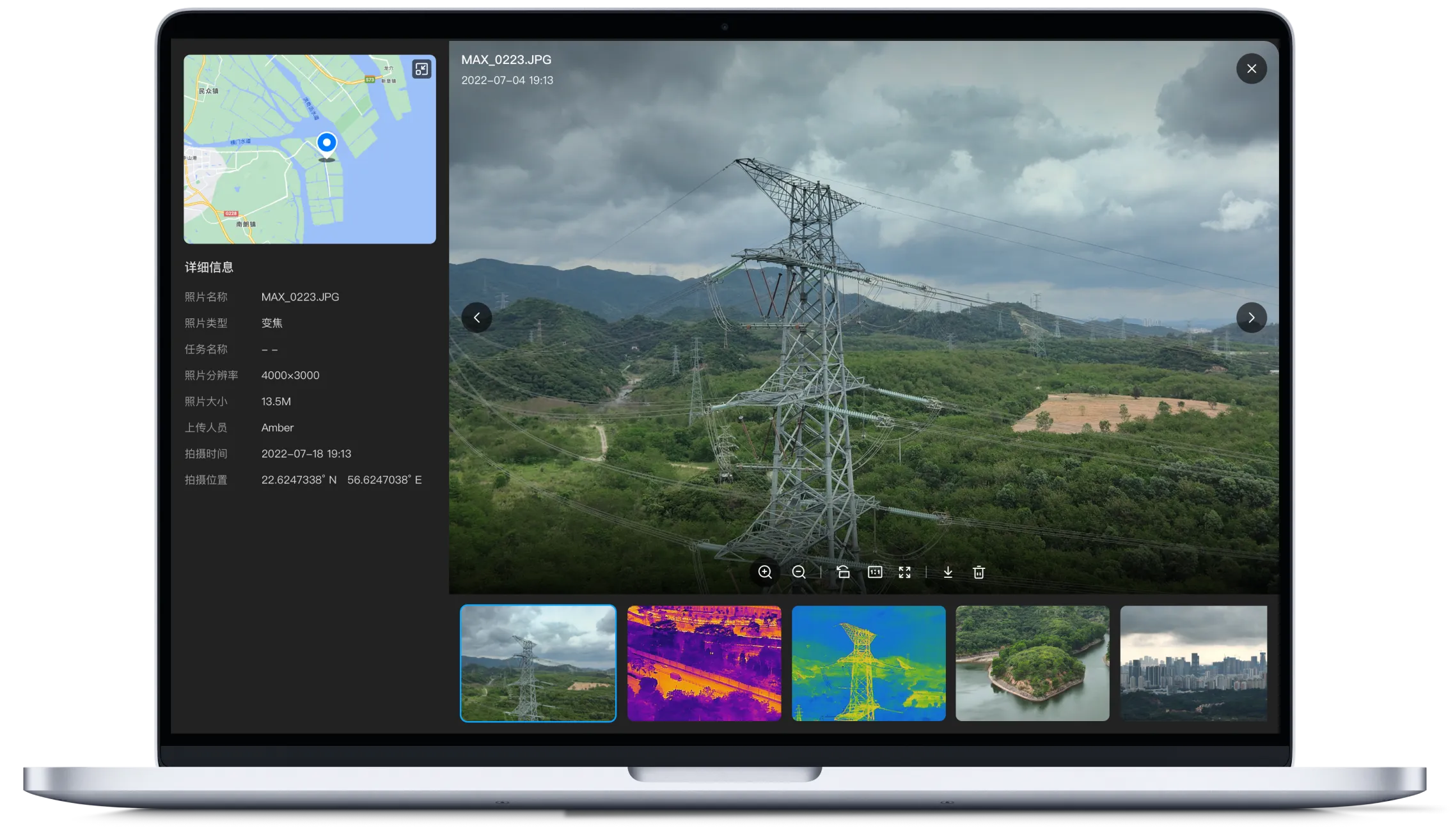
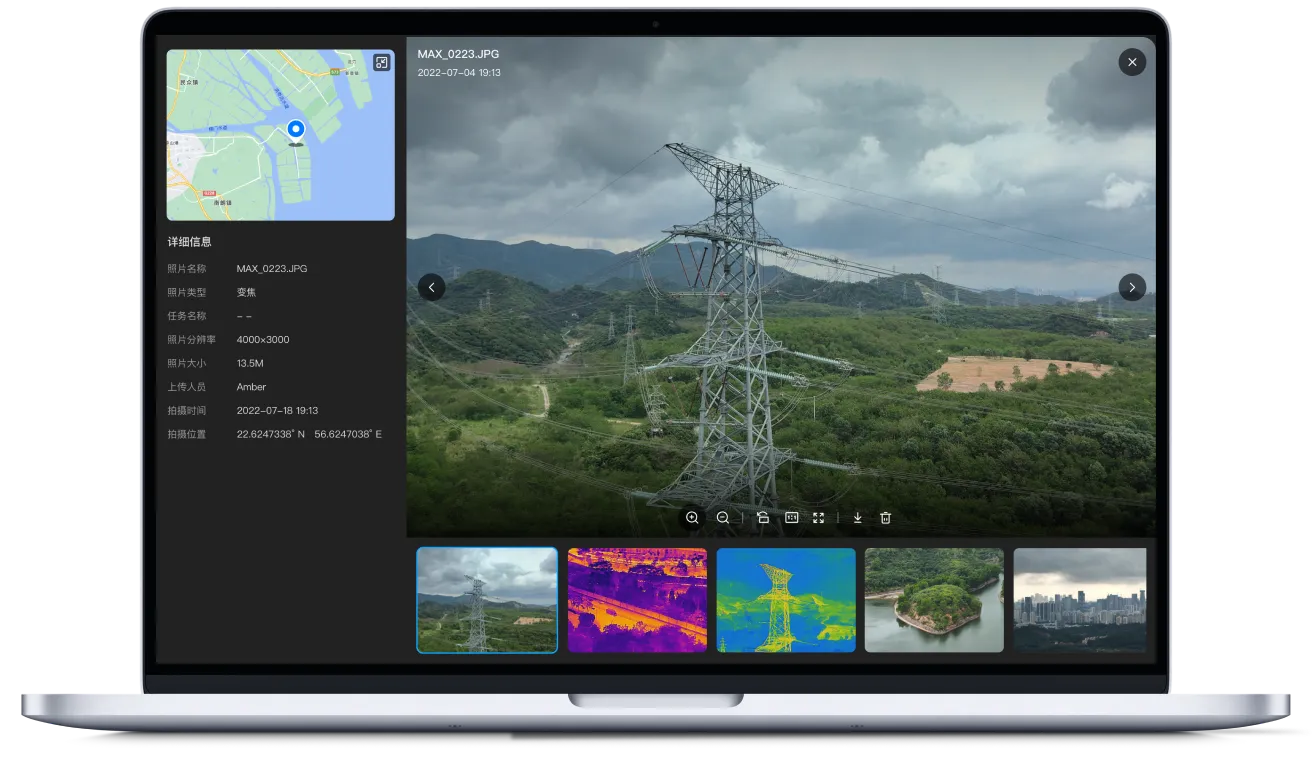


SDK Solutions
Autel can provide customization and further system development to suit industry-specific drone needs.
Applications

